Introduction
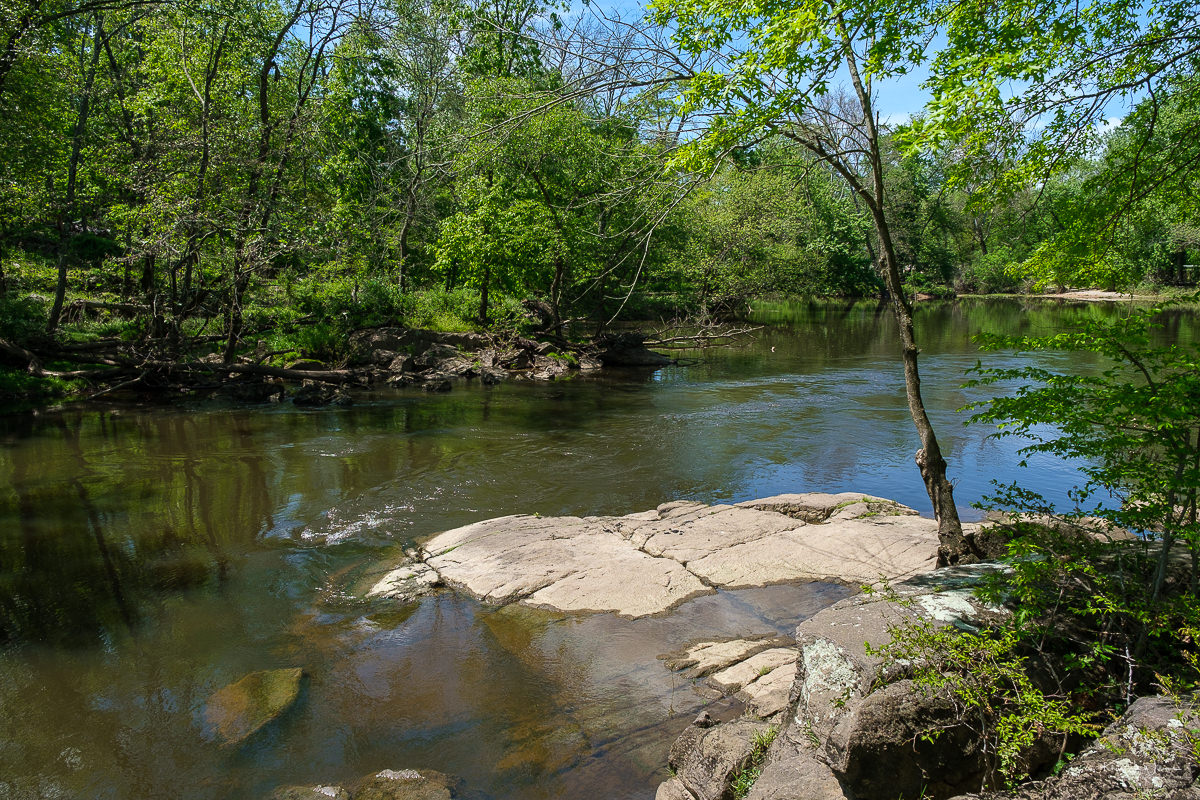
Birds are fascinating creatures with a wide range of unique adaptations. One of their most distinctive features is their beak, also known as a bill. In this article, we will explore the definition of a bird beak and provide an overview of the different types found in the avian world.
Definition of a Bird Beak

A bird beak is a hard, keratinous structure that protrudes from the bird’s face, composed of upper and lower mandibles. It is not only a prominent feature of a bird’s anatomy but also an essential tool for its survival.
Overview of Different Types of Bird Beaks

Birds exhibit remarkable diversity in beak shapes, sizes, and adaptations, reflecting their ecological niches and feeding strategies. Let’s explore some common types:
-
Short, stout beaks: Strong and adapted for cracking seeds and nuts. Examples include finches and sparrows.
-
Long, slender beaks: Used for probing flowers to extract nectar or foraging for insects in tree bark. Examples include hummingbirds and woodpeckers.
-
Sharp, hooked beaks: Designed for tearing flesh and consuming meat. Examples include eagles and hawks.
-
Curved, probing beaks: Specialized for reaching into crevices or burrows to catch prey. Examples include herons and ibises.
-
Spoon-shaped beaks: Adapted for filter-feeding and scooping up small aquatic organisms. Examples include flamingos.
The wide array of bird beak types showcases the incredible adaptability of birds and their ability to exploit a variety of food sources and environments.
Anatomy of a Bird Beak

Structure and Composition
Bird beaks are remarkable structures composed primarily of keratin. They consist of the upper mandible (maxilla) and the lower mandible, fused to the bird’s skull. The outer surface is covered by a tough, keratinized layer, protecting the underlying structures. Beneath this layer, a network of blood vessels, nerves, and sensory receptors contributes to its functionality.
Function of the Different Parts of a Bird Beak
The shape and structure of a bird’s beak are closely linked to its feeding behavior and diet. Different beak adaptations enable birds to access and consume a variety of food sources.
-
Probing Beaks: Long, slender beaks allow birds to extract nectar from flowers.
-
Tearing Beaks: Strong, hooked beaks are well-suited for tearing flesh, aiding birds of prey in their carnivorous diet.
-
Crushing Beaks: Short, stout beaks are designed for crushing and cracking hard seeds or nuts.
-
Specialized Beaks: Certain birds have beak adaptations for specific feeding behaviors, such as toucans using their long, curved beaks to pluck fruits from tree branches.
Apart from feeding, a bird’s beak serves additional functions, including preening feathers, manipulating objects, building nests, and vocalizations in some species.
Understanding the structure and function of bird beaks provides insights into the remarkable diversity and adaptations within avian species. By examining these specialized tools, we gain a deeper appreciation for the fascinating world of birds and their evolutionary journey.
Adaptations of Bird Beaks
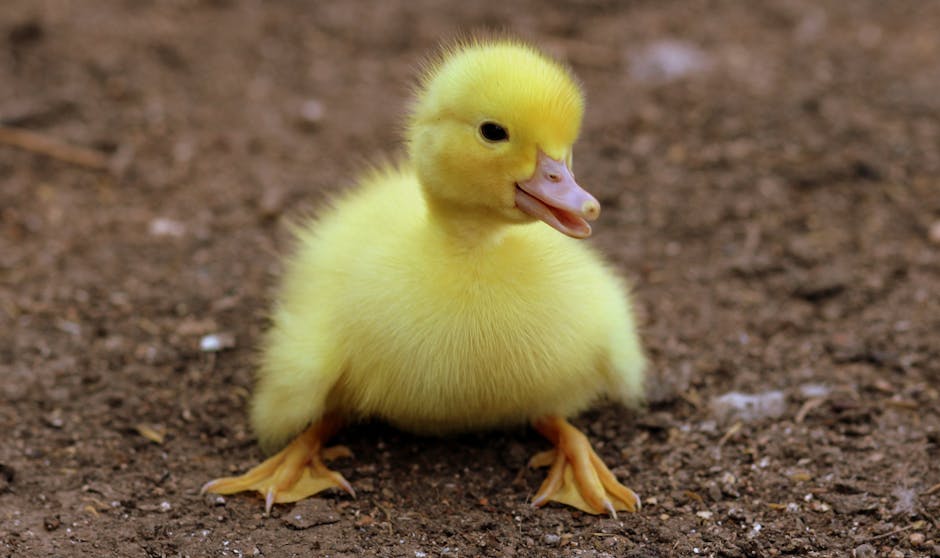
Bird beaks display remarkable diversity, with each unique shape and size serving a specific purpose in helping birds thrive in their environments. These adaptations are closely linked to their feeding habits and ecological niches. Let’s explore how different types of bird beaks aid in survival:
Probing Beaks
Birds like hummingbirds possess long, slender beaks that allow them to reach nectar hidden deep within flowers or extract insects from tree bark. The extended length and narrow structure of their beaks enable them to access otherwise inaccessible food sources.
Filtering Beaks

Flamingos have beaks with fine, comb-like structures that enable them to filter food particles from water or mud. Their specialized beaks act as sieves, capturing algae, small invertebrates, and other microscopic organisms while expelling excess water and mud.
Tearing Beaks
![]()
Raptors such as eagles and hawks exhibit sharp, hooked beaks essential for their carnivorous lifestyle. These powerful beaks enable them to tear apart the flesh and bones of their prey with precision and efficiency, facilitating the consumption of meat.
Crushing Beaks

Finches and other seed-eating birds possess strong, thick beaks adapted for cracking open seeds or nuts. Their beaks exert substantial force, allowing them to access the nutrient-rich contents within tough outer shells and providing a reliable food source.
Grasping Beaks

Birds of prey, including eagles and owls, have robust beaks accompanied by sharp talons. These powerful beaks, combined with their formidable claws, aid in catching and holding onto prey. The beak acts as a supplementary tool, assisting in immobilizing and dispatching captured animals.
Spearing Beaks
Herons and other wading birds employ their long, pointed beaks to spear fish and small aquatic animals. These slender and sharp beaks enable precise strikes and successful capture of evasive prey, assisting in maneuvering through water and accurately impaling their targets.
Examples of How Bird Beaks Adapt to Their Environment
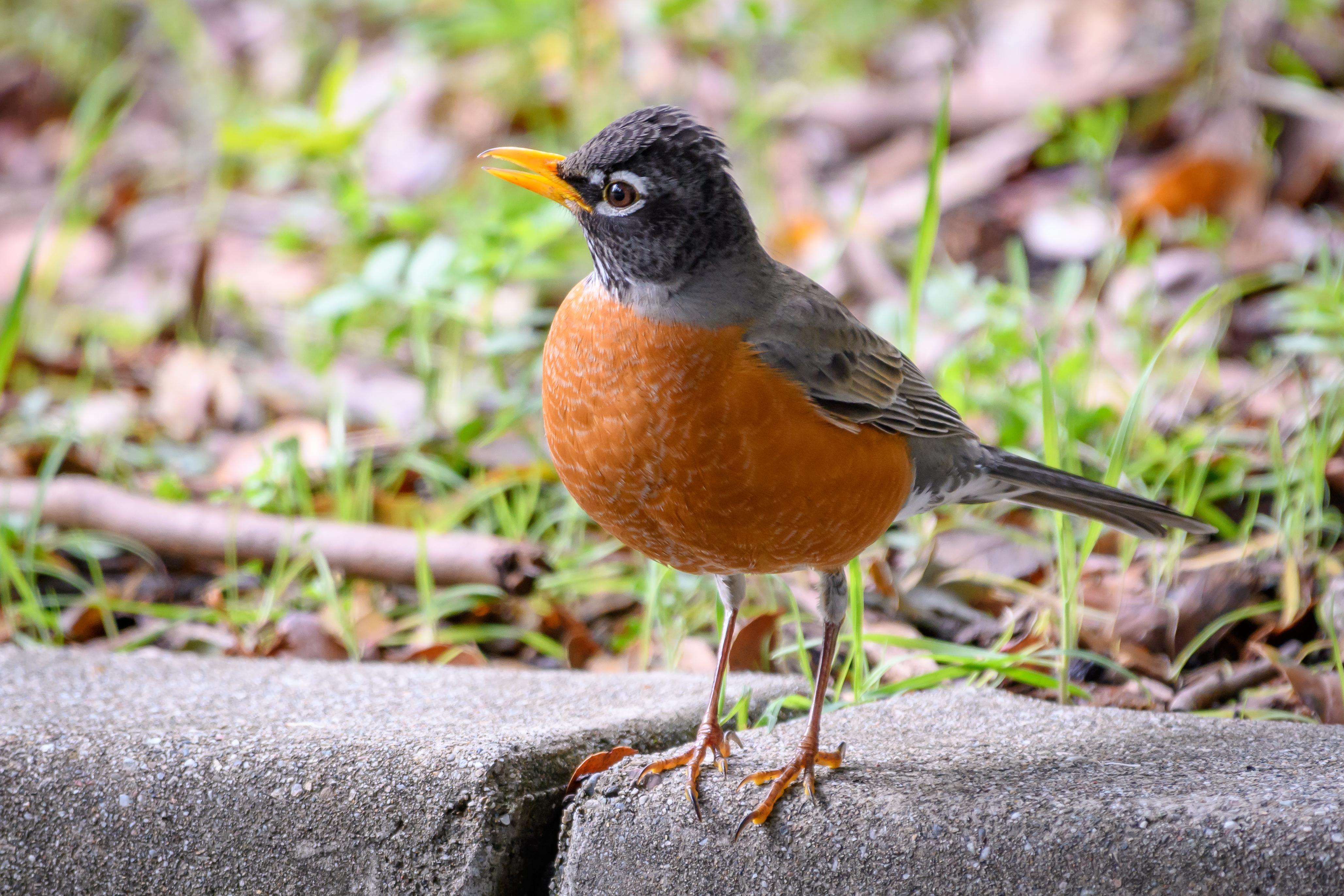
Bird beaks reflect the environments in which they evolved, showcasing precise adaptations to suit specific ecological niches. Here are a few notable examples:
Darwin’s Finches
The famous Darwin’s finches of the Galapagos Islands exhibit a range of beak shapes and sizes, each corresponding to a specific food source. For instance, the ground finch possesses a stout beak adapted for cracking seeds, while the warbler finch has a slender beak ideal for catching insects.
Pelicans
Pelicans have long and broad beaks with a pouch-like structure that allows them to scoop up fish and water. They can drain out the water while retaining the captured prey, facilitating efficient hunting and feeding.
Toucans
Toucans in the tropical rainforests of Central and South America possess large, brightly colored beaks. These lightweight beaks with a large surface area aid in regulating body temperature, while the vibrant colors serve as visual signals for mating and territorial defense.
Woodpeckers
Woodpeckers have robust beaks with chisel-like tips, specifically adapted for drilling into tree trunks. These beaks allow them to excavate nests, search for insects, and create distinctive drumming sounds as a form of communication and territorial display.
The astonishing array of bird beak adaptations enables birds to thrive in diverse habitats and fulfill their ecological roles. The remarkable diversity of bird beaks showcases the power of natural selection in shaping the evolution of these remarkable structures.
Word count: 395
The Evolution of Bird Beaks

Bird beaks have undergone remarkable transformations over time through a process called adaptive radiation, where different species adapt to occupy various ecological niches. The shape, size, and structure of bird beaks are intricately linked to the specific needs and behaviors of each species, including foraging, feeding, and defense.
How Bird Beaks Have Developed Over Time
The diversity of bird beaks is a result of genetic variations and mutations within bird populations, leading to the emergence of different beak shapes and sizes. Fossil evidence reveals that early bird ancestors possessed beaks similar to those of reptiles. However, as birds diversified, beaks evolved to suit specialized diets and behaviors.
A prime example of beak evolution can be observed in the Galapagos Islands, where Charles Darwin studied the remarkable diversity of finches. Darwin’s finches, a group of closely related species, exhibit a wide array of beak shapes and sizes, each associated with differences in diet and feeding habits.
For instance, the medium ground finch has a stout beak for cracking open seeds, while the sharp-beaked ground finch has a slender beak for feeding on cactus flowers. These beak adaptations are a result of natural selection favoring individuals with beaks that best suit the available food sources. Through time, these variations have led to the formation of distinct finch species, each specialized for a particular ecological role.
The Role of Natural Selection in Beak Evolution
Natural selection is a fundamental mechanism driving the adaptation of bird beaks, favoring beak traits that confer advantages for survival and reproduction. Birds with beak variations that allow them to efficiently exploit available food sources have a competitive edge and are more likely to survive and pass on their genes.
Environmental changes play a crucial role in shaping beak evolution. Shifts in food availability or the introduction of new resources can lead to changes in selective pressures, driving the evolution of beak characteristics better suited to the altered conditions.
The famous example of Darwin’s finches illustrates natural selection in action. During periods of drought on the Galapagos Islands, the availability of small seeds decreases, favoring the survival and reproduction of finches with larger, more robust beaks capable of cracking larger and harder seeds. Conversely, in times of abundant rainfall when small seeds are plentiful, finches with smaller beaks have a selective advantage as they can exploit this abundant food resource more efficiently.
The evolution of bird beaks is a dynamic process influenced by genetic variation, environmental factors, and selective pressures. This intricate dance has resulted in the diversification and adaptation of beaks to a wide range of ecological roles and specialized feeding strategies.
In the next section, we will explore the fascinating adaptations of bird beaks and how different types of beaks help birds survive in their respective environments.
Conclusion

Summary of the Main Points
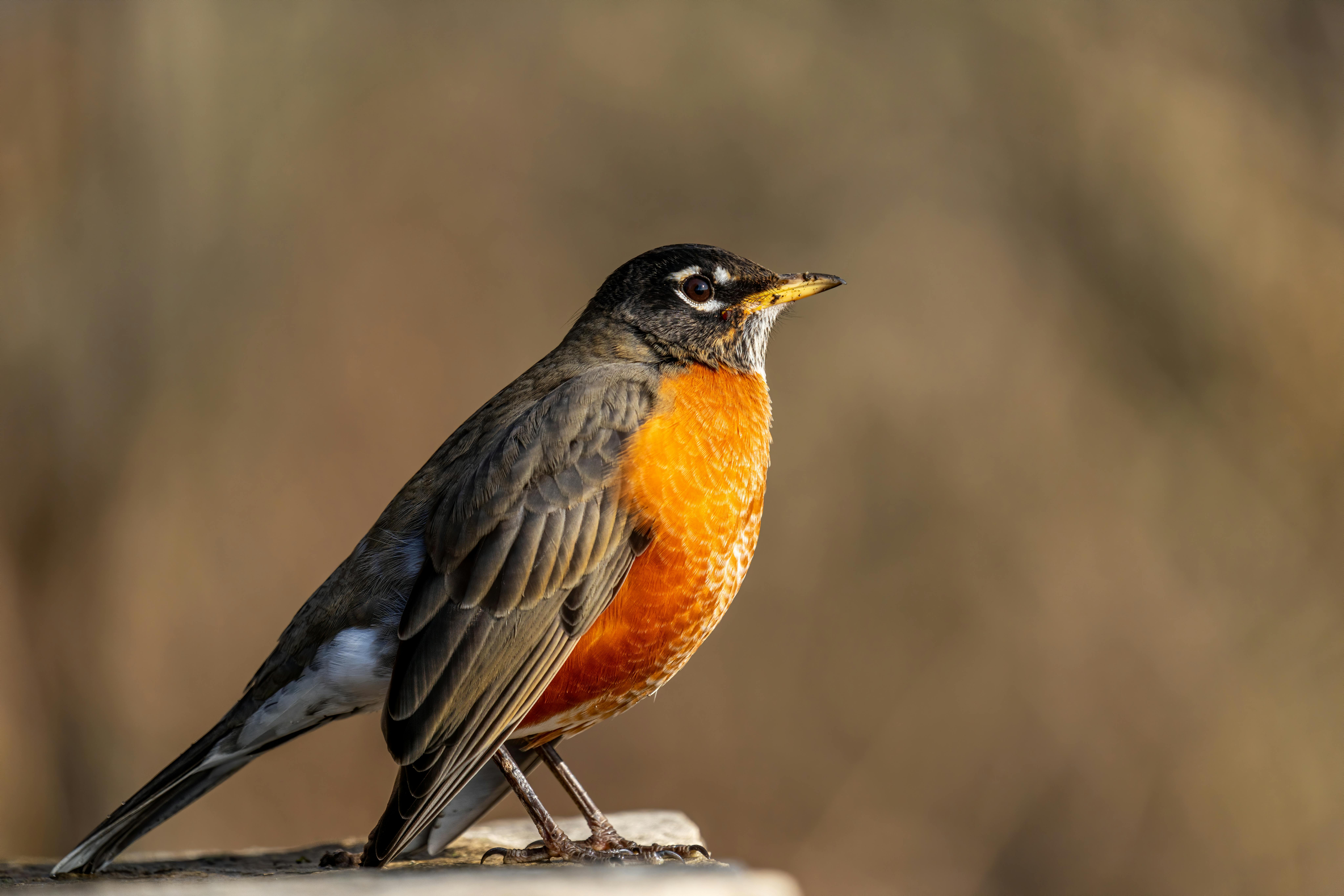
Throughout this blog post, we have explored the fascinating world of bird beaks, gaining a deeper understanding of their anatomy, adaptations, and evolution. Here is a summary of the key points covered:
-
Bird Beak Definition and Overview: We defined a bird beak as a specialized structure that serves multiple functions, including feeding, defense, and courtship. We also highlighted the diversity and uniqueness of different types of bird beaks.
-
Anatomy of a Bird Beak: We delved into the structure and composition of bird beaks, discovering that they are composed of keratin, bone, and cartilage. Keratin, a protein, forms the outer layer, providing strength and protection. The structure of the beak varies among bird species, reflecting their specific feeding habits and ecological niches.
-
Adaptations of Bird Beaks: We explored how different types of bird beaks are adapted to help birds survive in their environments. Birds have evolved a wide array of beak shapes and sizes for specialized functions such as probing, crushing, tearing, or filtering food. Several examples showcased the remarkable diversity of feeding strategies among avian species.
-
The Evolution of Bird Beaks: This section focused on the evolutionary history of bird beaks. We discussed how natural selection has shaped beaks over time. Birds with well-suited beaks for their environments and food sources had a better chance of survival and reproduction, leading to the diversification of beak shapes and sizes we see today.
Final Thoughts on Bird Beak Composition
Studying the composition and structure of bird beaks provides profound insights into the incredible diversity and adaptability of avian species. By understanding what bird beaks are made of, we gain a greater appreciation for the intricate relationship between form and function in nature. The remarkable ability of birds to modify and adapt their beaks to suit their ecological needs showcases the power of evolution at work.
Bird beaks are excellent examples of how natural selection shapes organisms to maximize survival and success in their habitats. The variations in beak shapes and sizes allow birds to exploit various food sources and occupy specialized ecological niches. From the long, slender beaks of hummingbirds that extract nectar from flowers to the stout, powerful beaks of birds of prey that tear flesh, each beak design represents a unique solution to the challenges of obtaining and processing food.
Further research on the development and evolution of bird beaks holds the promise of unraveling additional fascinating aspects of avian biology. By studying the genetic and developmental mechanisms underlying beak formation, scientists may uncover the molecular basis for the remarkable diversity of beak shapes. This knowledge could shed light not only on bird evolution but also on the broader principles of evolutionary processes and morphological diversity across the animal kingdom.
In conclusion, bird beaks are not only functional tools for feeding and survival but also windows into the world of evolutionary biology. They exemplify the intricate interplay between genetic variation, natural selection, and environmental adaptation. Understanding and appreciating the marvelous adaptations of bird beaks enriches our understanding of the natural world and reminds us of the boundless wonders that evolution has produced.
Frequently Asked Questions
Frequently Asked Questions
Q1: What are bird beaks made of?
A1: Bird beaks are primarily made of keratin, a tough protein found in the outer layer of the beak. The keratin provides strength and protection to the beak structure.
Q2: Are bird beaks made of bone?
A2: Bird beaks do contain some bone, particularly in the upper and lower mandibles. However, the beak structure also includes cartilage and is predominantly composed of keratin.
Q3: What is the purpose of the keratin in bird beaks?
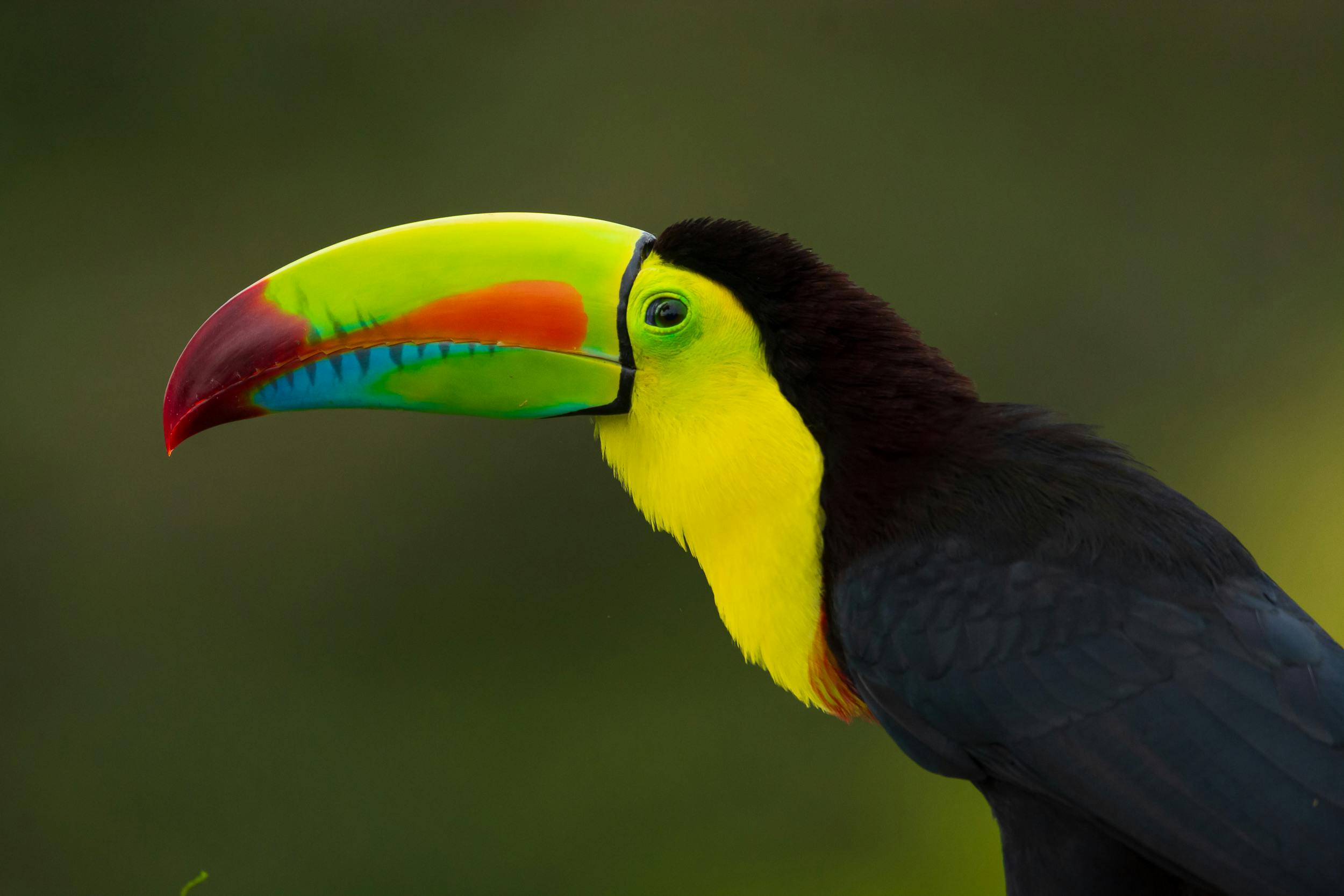
A3: The keratin in bird beaks serves multiple purposes. It provides a hard and durable outer layer that protects the underlying structures. Additionally, the keratinized beak surface aids in gripping and manipulating food items.
Q4: Can bird beaks regenerate if they are damaged?
A4: Unlike some reptiles, bird beaks do not possess the ability to regenerate if they are severely damaged. However, minor injuries to the beak, such as small cracks or chips, may heal over time as the keratin grows and repairs itself.
Q5: Do all birds have the same type of beak?
A5: No, different bird species have evolved various types of beaks to suit their specific feeding habits and ecological niches. Birds exhibit a wide range of beak shapes, sizes, and adaptations, reflecting their diverse diets and environments.

Leave a Reply